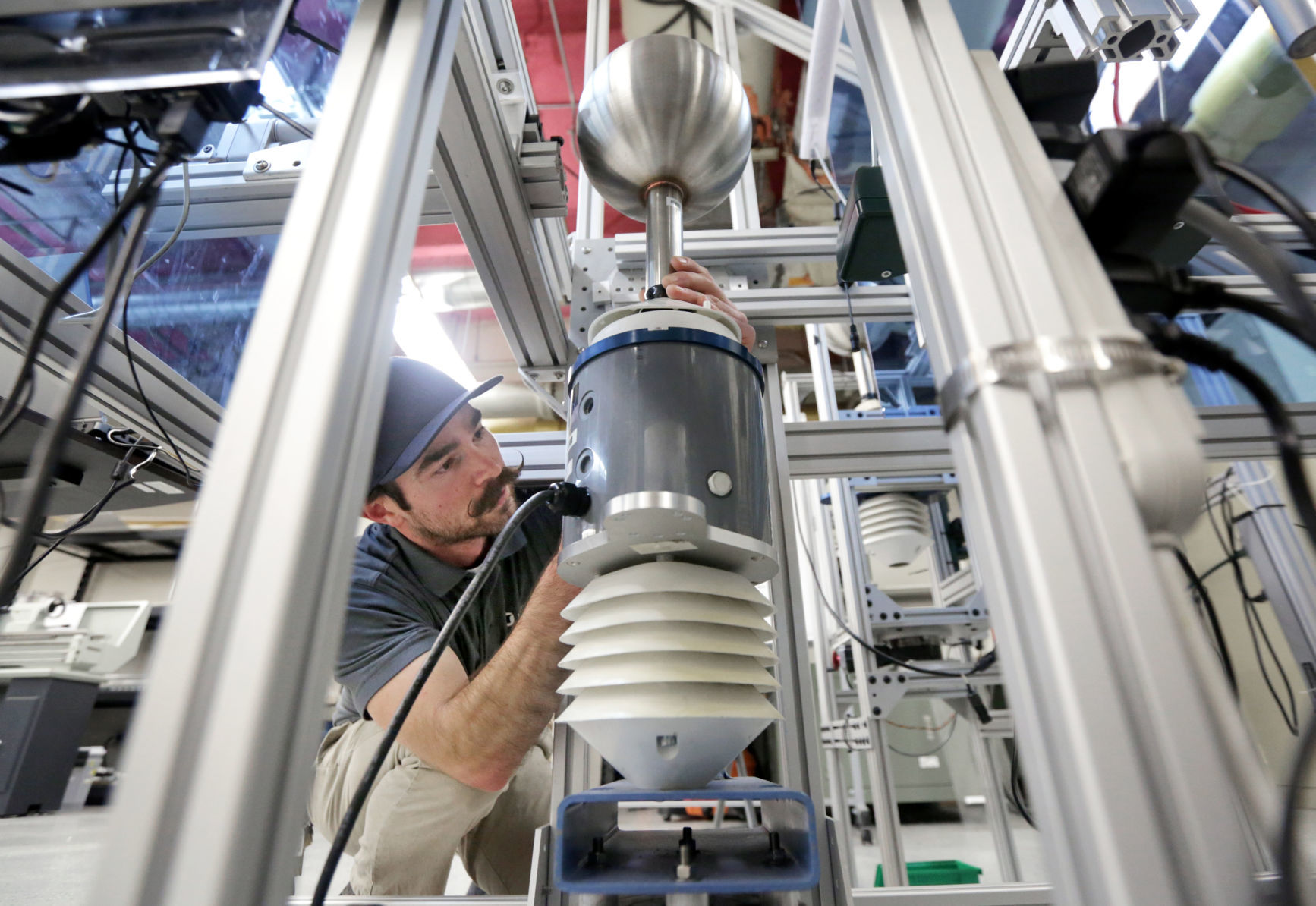

But he’d like to see many rigorous comparisons with other forecasters in different locations and over several months before he is convinced the technique is as accurate as ClimaCell claims. Mylne thinks that what ClimaCell is doing is a good idea in principle. “Exactly how you use that data is very challenging.” “There is weather information in those signals, but it’s quite deeply buried,” he explains. Mylne says you can’t just put that data straight into the simulation you have to translate your observation into the most likely weather conditions that fit it. Yet making use of things like radar and wireless signals is not easy. “It’s given a significant improvement in forecast quality,” says Mylne. The latest version of its simulation, launched in March, uses data from aircraft radar systems, which can provide information about the temperature and humidity of the air that aircraft pass through. The Met Office is also looking at new ways to measure current weather conditions. “It’s impossible to do perfect forecasts, but we keep trying to narrow that gap between impossibility and perfection.”

“There’s always a need for better forecasting,” says weather scientist Ken Mylne at the Met Office, the UK’s national weather service. Better forecasting lets power providers match up supply and demand. That would help renewable-energy companies know how much sunshine is going to hit their solar panels or how much wind will hit their turbines, for example. The model can be tweaked to focus on the region, the type of weather, and the frequency of updates a subscriber wants.


 0 kommentar(er)
0 kommentar(er)
